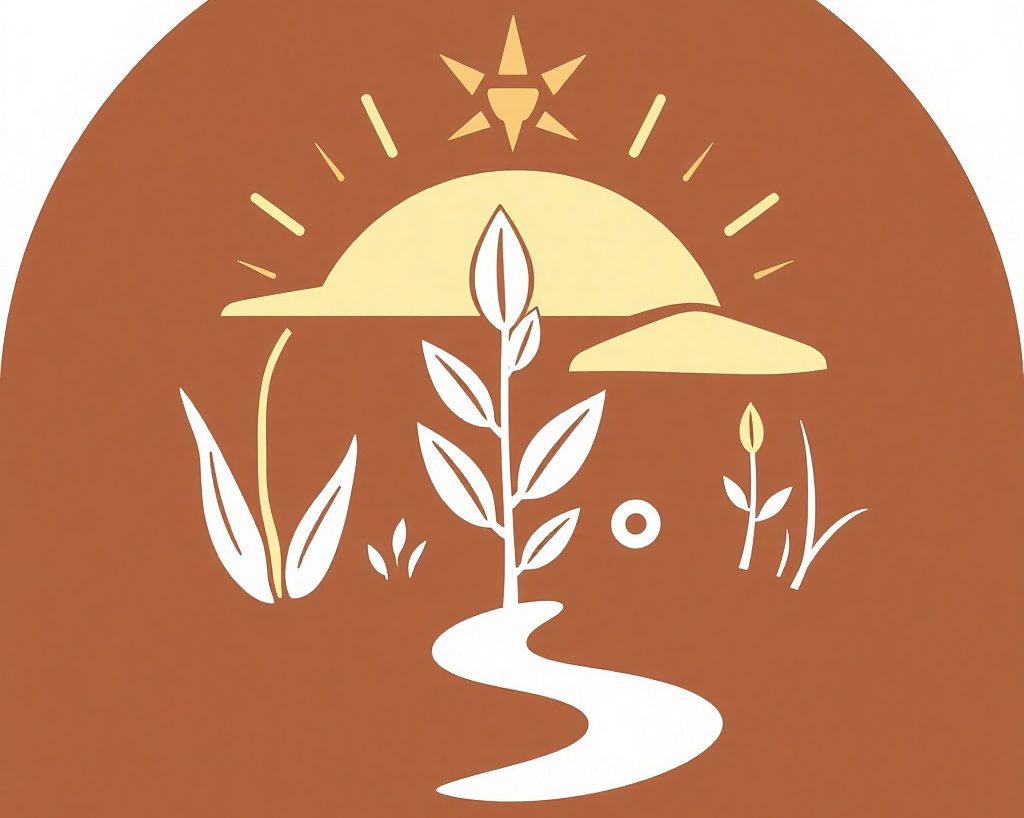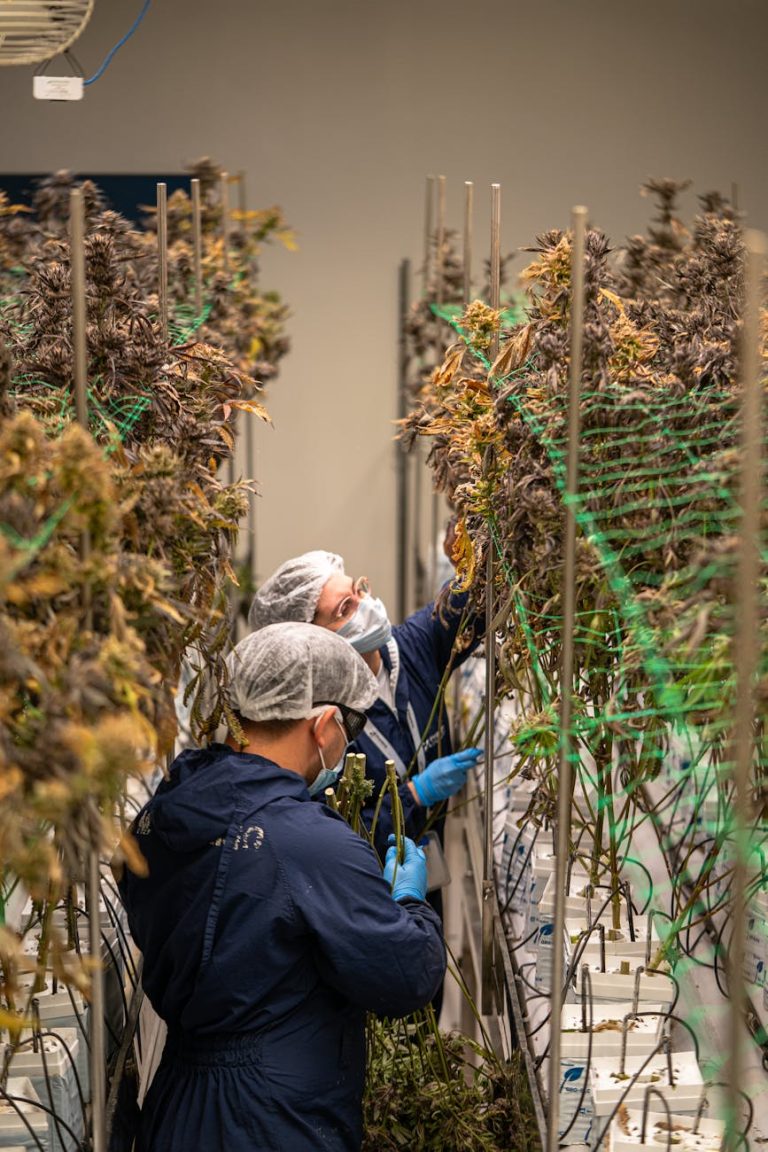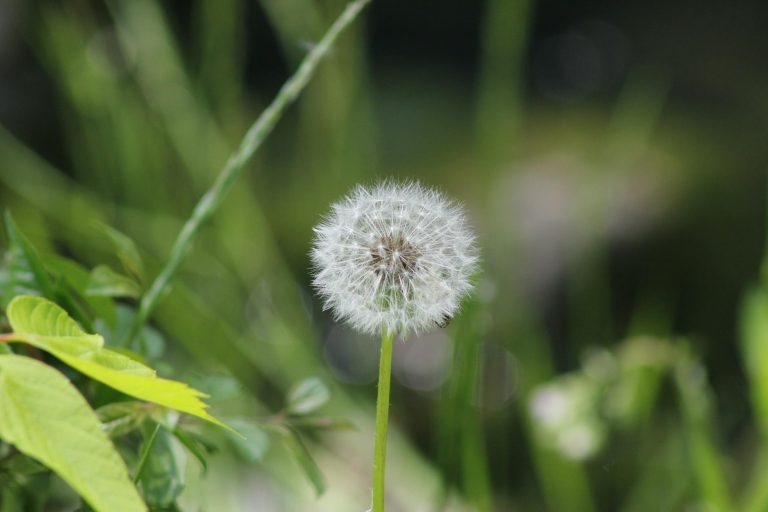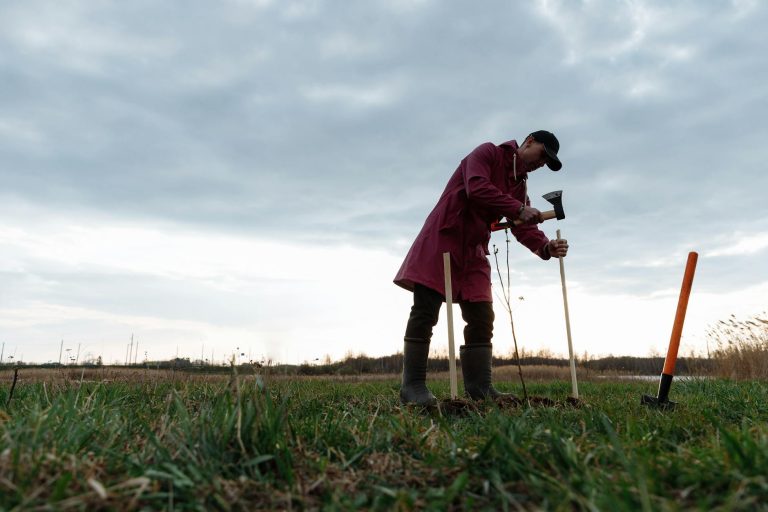Weed Management Strategies for Drought-Prone Regions
Managing weeds in drought-prone regions is crucial for sustainable agriculture. Implementing effective Weed Management Strategies is key to optimizing crop yields and conserving water resources.
Title: Sustainable Weed Management Strategies for Drought-Prone Regions
Introduction:
Weed management is a crucial aspect of agricultural practices, particularly in drought-prone regions where water scarcity can exacerbate weed growth and competition with crops. Implementing effective and sustainable weed management strategies is essential for farmers to ensure optimal crop yields and conserve water resources in such challenging environments.
Understanding the Impact of Weeds in Drought-Prone Regions:
Weeds not only compete with crops for essential resources like water, nutrients, and sunlight but also contribute to soil erosion, reduced soil moisture retention, and increased pest and disease pressure. In drought-prone regions, the presence of weeds can further strain limited water supplies and hinder crop growth, making it necessary to adopt proactive weed control measures.
Integrated Weed Management Approaches:
Integrated Weed Management (IWM) is a holistic approach that combines different weed control strategies to effectively manage weed populations while minimizing environmental impact. In drought-prone regions, adopting IWM practices can help farmers address weed issues sustainably. Some components of IWM include cultural practices, mechanical control, biological control, and judicious use of herbicides.
Cultural Practices to Suppress Weeds:
Cultural practices such as crop rotation, cover cropping, and mulching can play a vital role in suppressing weed growth in drought-prone areas. Planting competitive crops that shade out weeds, using cover crops to smother weed growth, and applying organic mulches to suppress weed emergence are effective cultural methods to reduce weed pressure without relying solely on herbicides.
Mechanical Control Methods:
Mechanical control methods like mowing, hoeing, and hand-weeding can be labor-intensive but effective in managing weeds, especially in regions facing water scarcity. Regular tillage can help disrupt weed growth cycles, while targeted hoeing and hand-weeding can remove weeds before they set seed, reducing the weed seed bank in the soil.
Biological Control Strategies:
Biological control involves using natural enemies of weeds, such as insects or pathogens, to manage weed populations. In drought-prone regions, introducing weed-feeding insects or employing bioherbicides derived from plant pathogens can offer sustainable weed control solutions. However, it is essential to evaluate the potential risks and benefits of biological control methods before implementation.
Sustainable Herbicide Use:
While minimizing herbicide reliance is ideal for sustainable weed management, judicious use of herbicides can complement other control methods in drought-prone areas. Selective herbicides that target specific weed species while preserving crops can help reduce weed competition without harming the environment. Proper application techniques and herbicide rotation can also prevent weed resistance and minimize herbicide runoff in water-stressed regions.
Conclusion:
In conclusion, implementing sustainable weed management strategies in drought-prone regions is vital for enhancing crop productivity, conserving water resources, and promoting environmental sustainability. By integrating cultural practices, mechanical control methods, biological controls, and balanced herbicide use, farmers can effectively manage weeds while mitigating the challenges posed by water scarcity. Adopting a holistic approach to weed management not only benefits crop yields but also promotes long-term agricultural resilience in regions vulnerable to drought.






